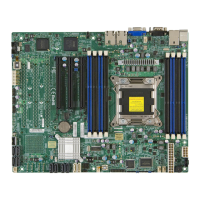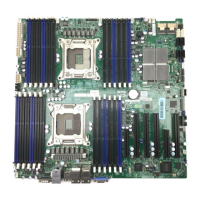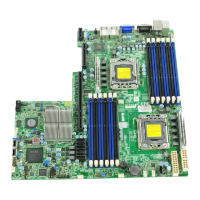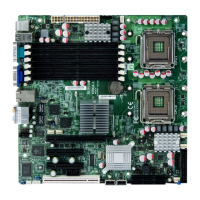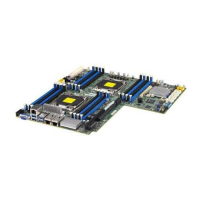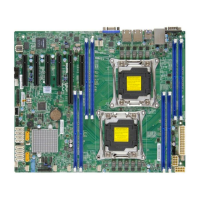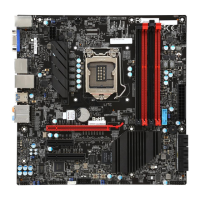UEFI BIOS Recovery
C-1
Appendix C
UEFI BIOS Recovery Instructions
Warning! Do not upgrade the BIOS unless your system has a BIOS-related issue.
Flashing the wrong BIOS can cause irreparable damage to the system. In no event
shall Supermicro be liable for direct, indirect, special, incidental, or consequential
damages arising from a BIOS update. If you need to update the BIOS, do not shut
down or reset the system while the BIOS is updating to avoid possible boot failure.
An Overview to the UEFI BIOS
TheUniedExtensibleFirmwareInterface(UEFI)specicationprovidesasoftware-
based interface between the operating system and the platform rmware in the
pre-bootenvironment.TheUEFIspecicationsupportsanarchitecture-independent
mechanism for add-on card initialization to allow the UEFI OS loader, which is stored
in the add-on card, to boot up the system. UEFI offers a clean, hand-off control to
a computer system at bootup.
How to Recover the UEFI BIOS Image (-the Main BIOS
Block)
AnAMIBIOSashchipconsistsofabootsectorblockandamainBIOScodeblock
(a main BIOS image). The boot sector block contains critical BIOS codes, including
memorydetectionandrecoverycodesfortheusertoashanewBIOSimageifthe
original BIOS image is corrupted. When the system power is on, the boot sector
codesexecuterst. Once itiscompleted, the mainBIOScode will continuewith
system initialization and bootup.
Note: Follow the BIOS Recovery instructions below for BIOS recovery
when the main BIOS block crashes. However, when the BIOS Boot sec-
tor crashes, you will need to send the motherboard back to Supermicro
for RMA repair.
To Recover the Main BIOS Block Using a USB-Attached
Device
This feature allows the user to recover a BIOS image using a USB-attached device
withoutadditionalutilitiesused.AUSBashdevicesuchasaUSBFlashDrive,or
a USB CD/DVD ROM/RW device can be used for this purpose. However, a USB
Hard Disk drive cannot be used for BIOS recovery at this time.
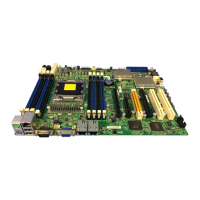
